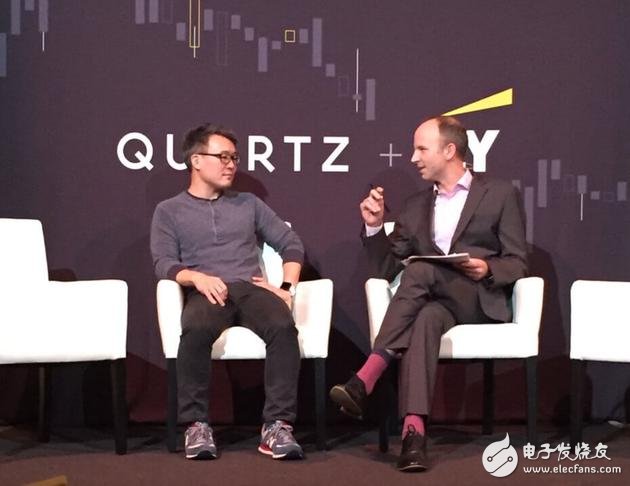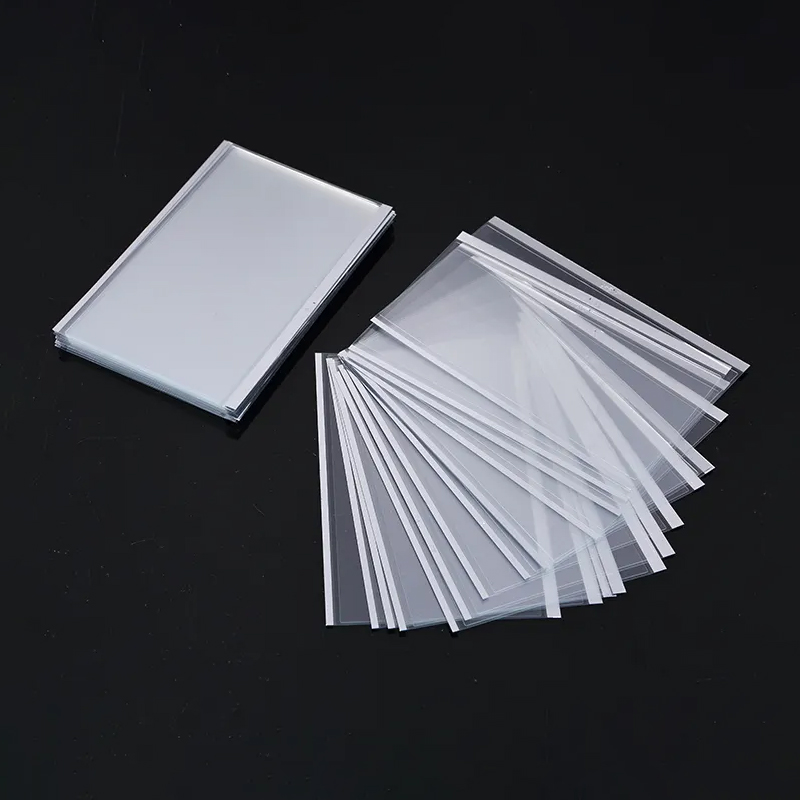On the morning of December 9, yesterday, at an event in San Francisco, Fitbit founder and CEO James Park said his company is planning to enter the healthcare industry. The conversation coincided with the company's earlier announcement of a partnership agreement with Medtronic, a California-based medical technology company specializing in diabetes treatment.

Fitbit CEO James Parker (left)
Although the public's attention is still focused on Fitbit's acquisition of Pebble assets, Parker hopes that everyone will pay attention to the company's future development around the medical business. "Wearing Fitbit should be able to save your life," he said, insisting that wearables are just fashionable, but in the future it could become a medical aid. Parker believes that daily activities, exercise, and blood sugar levels can be clearly linked.
Fitbit's initial public offering (IPO) was unusually successful last June, but its share price has been falling from $47.60 in July last year, currently only $8. Of course, the acquisition of Pebble's software and intellectual property (IP) can boost its product line and help the stock rebound. Promoting transactions with health care leaders such as Medtronic can expand the company's market reach beyond that of fitness enthusiasts, and no longer simply rely on strategic partnerships to find consumers.
In terms of production, the company has begun to use robots for the assembly of tiny parts. “We are moving equipment manufacturing to full automation,†Parker said. He added that in the near future, Fitbit will focus more on sensors and artificial intelligence, hoping to fine-tune technology and improve the reliability of health monitoring.
However, recording the number of steps in the consumer is one thing, and reporting blood sugar levels to diabetics is another matter. Some angry consumers have filed a class action lawsuit against Fitbit, claiming that wearable heart monitoring technology is inaccurate. Recently, even the long-distance tracking technology of the Fitbit Charge 2 wearable device has been detected.
Further exploration into the medical technology field may trigger the US Food and Drug Administration (FDA) curiosity, thereby reducing the company's product development speed. "When I look at today's results and see that we still have so much work to do, we can contribute to the health of the public," Parker concluded. Fitbit is Parker's third company, founded in 2007.
Oca Sheet

OCA (Optically Clear Adhesive) glue sheet is a type of adhesive film that is used in the assembly of electronic devices, particularly in the display industry. It is a transparent and optically clear adhesive that is used to bond different layers of a display module together. OCA glue sheets are commonly used in the manufacturing of smartphones, tablets, and other electronic devices with Touch screens or LCD displays.
The main purpose of OCA glue sheets is to provide a strong and reliable bond between the layers of a display module, while also ensuring optical clarity and minimal distortion. It helps to eliminate air gaps and improve the overall visual quality of the display by reducing reflections and enhancing color vibrancy.
OCA glue sheets are typically made of a high-quality acrylic material that is optically transparent. They are available in various thicknesses and sizes to suit different display applications. The sheets are usually pre-cut to the required dimensions and then applied to the display layers using a lamination process.
Overall, OCA glue sheets play a crucial role in the manufacturing of electronic devices with displays, providing a reliable and visually pleasing bonding solution.
Oca Sheet,Oca Sheet Paper,Oca Glue Sheet,Oca Glue Paper Sheet
Dongguan Jili Electronic Technology Co., Ltd. , https://www.touchmanufactor.com